The Echeveria arctic white is a perennial succulent that will live for many years. Under the right conditions, it should continue to bloom year after year, at the beginning of spring. It will produce a spectacular show of peachy orange-colored flowers.
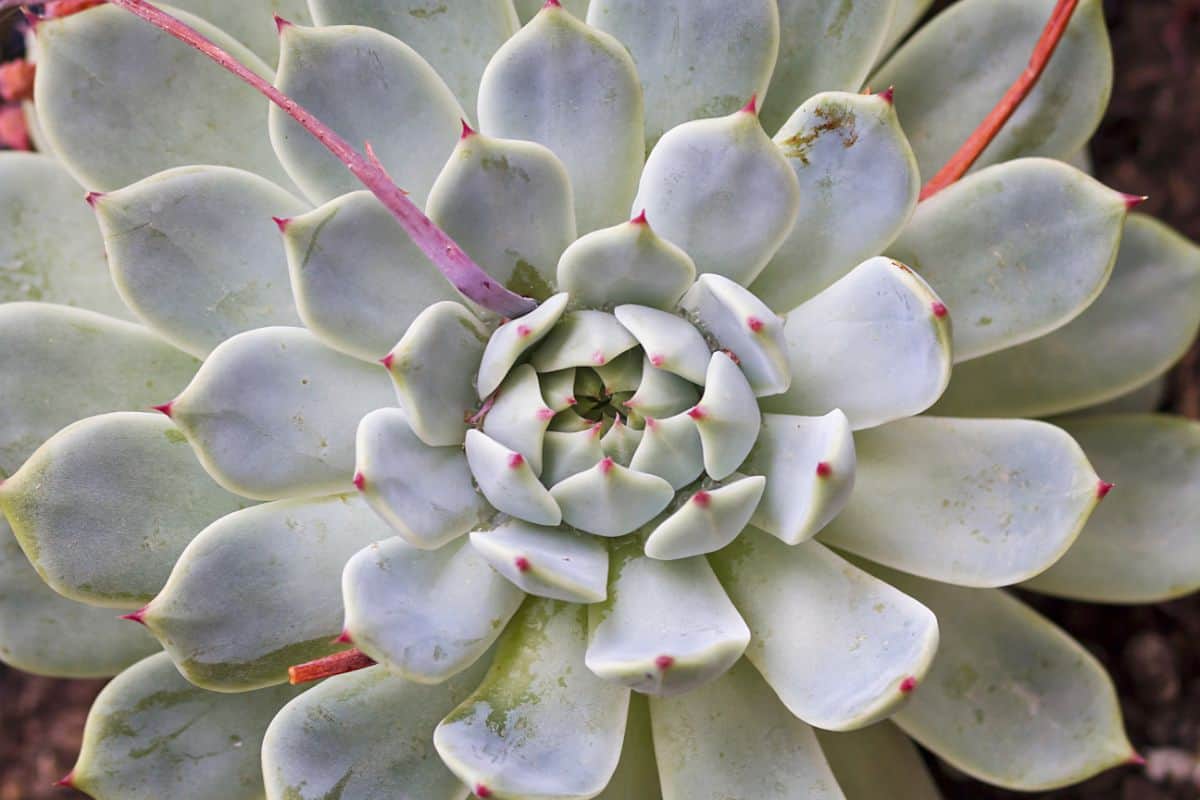
With its magnificent rosettes, this succulent is highly popular in the world of table decor, where it is often used as a table centerpiece at events like weddings, and other functions.
Due to its xeriscaping nature, it will thrive in hot, dry conditions. It is the perfect succulent for an outdoor garden collection of potted plants on a sunny patio.
Jump to:
Echeveria Arctic White Appearance
| Name: | Echeveria arctic white |
| Soil: | Well-drained soil |
| Blooming: | Spring and summer |
| Light: | Natural sunlight |
| Water: | When the soil is completely dry |
| Propagation: | Leaves cuttings |
The Echeveria arctic white is named for its shimmery leaves that are almost white but have a hint of bluish undertones, much like large chunks of ice. The leaves form a tight, circular rosette.
The rosettes will grow to a size of 5-6 inches in diameter. They often self-propagate when their leaves fall off and regenerate into new offsets. These new rosettes clump tightly around the mother plant.
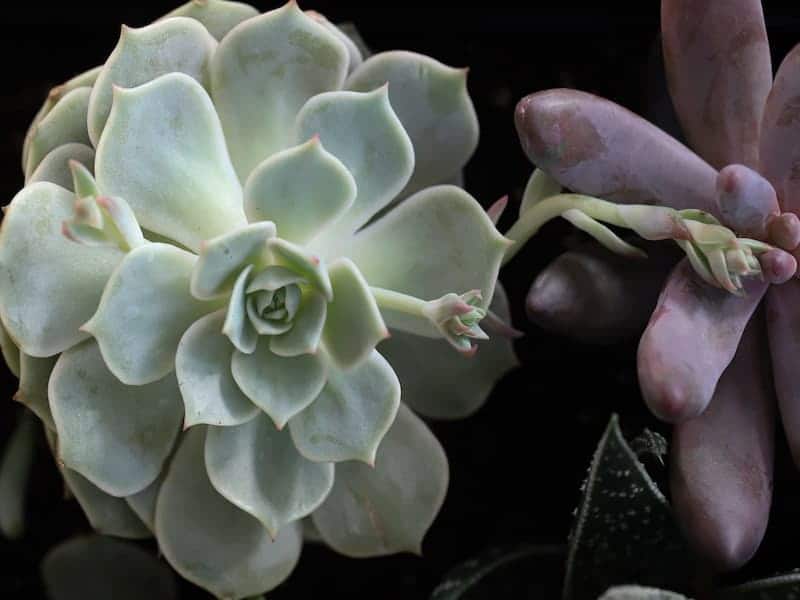
Buy it from:
The Echeveria arctic white is one of those succulents that is often referred to as Hen and Chicks, because the smaller rosettes tend to grow very close to the original plant, in much the same way as a mother hen gathers her brood of little chicks closely around her.
No products found.
The Echeveria arctic white is a low-growing plant, reaching a height of about 4 inches. The stems produce an attractive pastel, peachy orange-colored flower. The flowers usually emerge in early spring and will continue to bloom throughout summer.
Caring for the Echeveria Arctic White
The Echeveria arctic white is a low- maintenance succulent. It does not require any special attention and will flourish as long as it has sufficient light and water.
Light
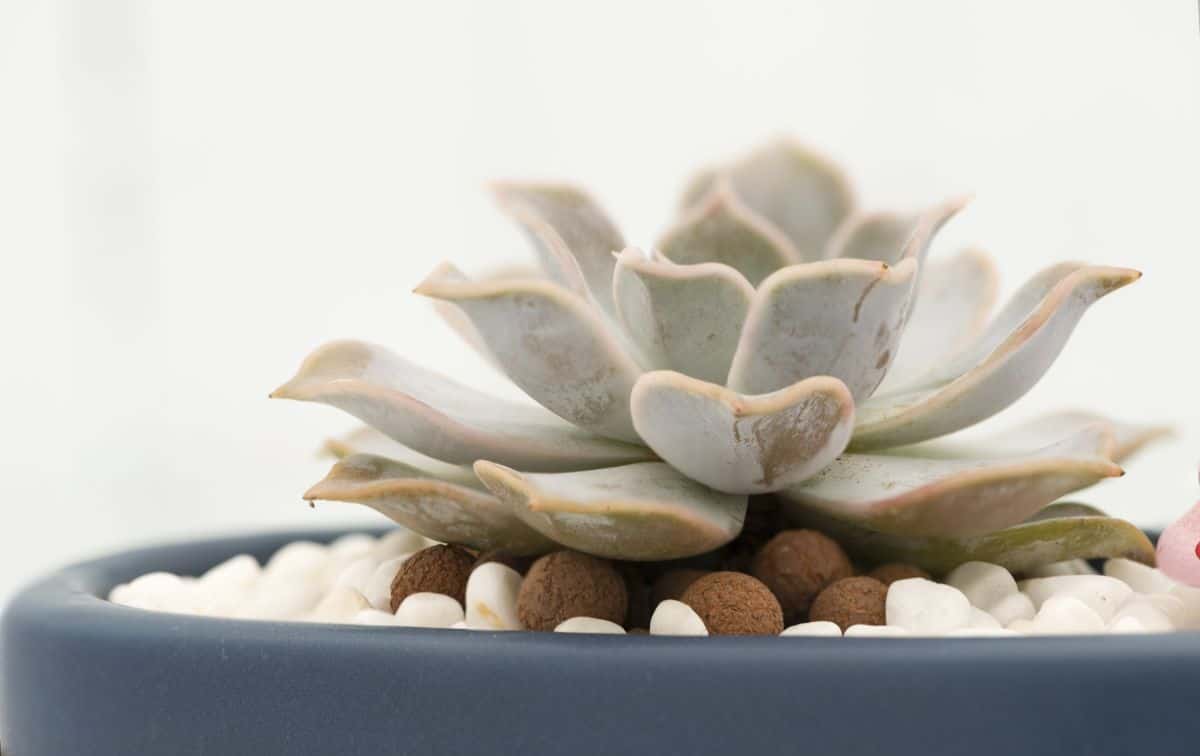
Like most succulents, the Echeveria arctic white needs lots of natural sunlight. It should be planted in a spot with full sun to partial shade, where it can get about 6 hours of direct sunlight per day.
If you live in a zone with a warm, mild climate, you can plant this succulent directly into your beds. However, if you live in a colder area, it is preferable to plant them in containers that can be brought indoors when the temperature plummets.
The containers should be placed in a warm spot that gets lots of direct sunlight. A sunny patio or rock garden is the ideal position.
As an indoor plant, your Echeveria arctic white will be happiest in a warm room that gets at least 6 hours of direct sunlight every day. If you do not have a room that is bright enough, it is recommended to use a grow lamp to help to stimulate the plant's growth.
Water
The Echeveria arctic white does not need a lot of water. In fact, too much water can be very harmful. It should only be watered once a week to every 10 days.
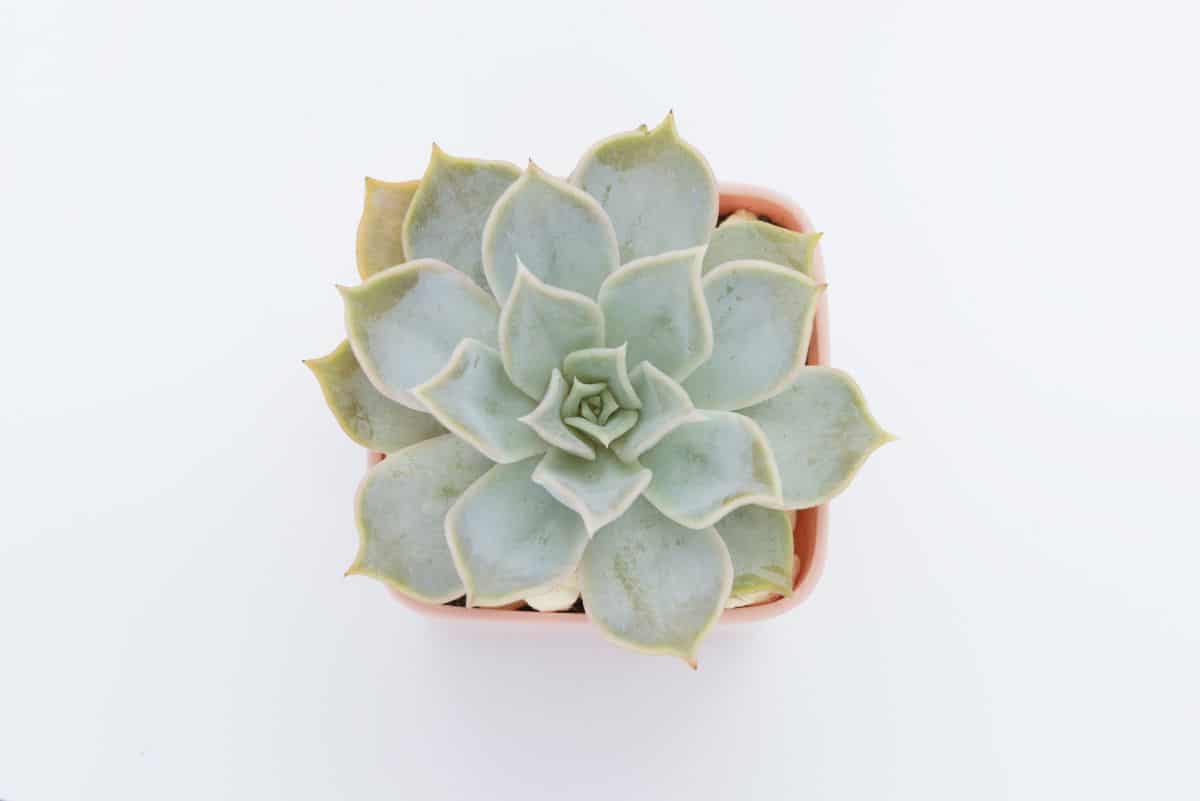
Your Echeveria arctic white should be planted in pots with good drainage holes at the bottom, to allow excess water to run off.
When watering your plant, soak it thoroughly, ensuring that the soil is fully saturated. Then leave it to dry out completely before watering again. The best way to test if your Echeveria arctic white is ready for more water is to insert a finger deep into the soil. It should feel dry to the touch.
You can also test by inserting a wooden skewer. If it is dry when removed, it is time to water your succulent.
Temperature
The Echeveria arctic white loves heat. It is not cold-hardy, and will not be able to tolerate temperatures below 30° Fahrenheit.
This succulent should only be left outdoors in zones with a warm, mild climate. It is preferable to plant it in containers that can be taken indoors if the temperature drops below 30°.
The Echeveria arctic white will not survive exposure to frost. If frost is expected at night, your plant should either be covered lightly or moved indoors overnight.
In an indoor environment, select a sunny spot in a warm room. A south-facing room would be best, where your Echeveria arctic white will be very happy on a windowsill.
See Related Topic: Echeveria Dondo - A Care Guide
Soil
The Echeveria arctic white is not terribly fussy about the pH level of the soil, as long as it is not too extreme.
The most important factor is good drainage. The container should have sufficient holes at the bottom to allow water to run off freely.
The soil needs to be porous and well-aerated to allow for adequate drainage. The best soil is a mixture of cactus potting soil and mineral grit, in a ratio of 1:1. The mineral grit can be either coarse sand, pumice, or perlite. A combination of all 3 of these elements is recommended in order to achieve the best drainage.
Propagating the Echeveria Arctic White
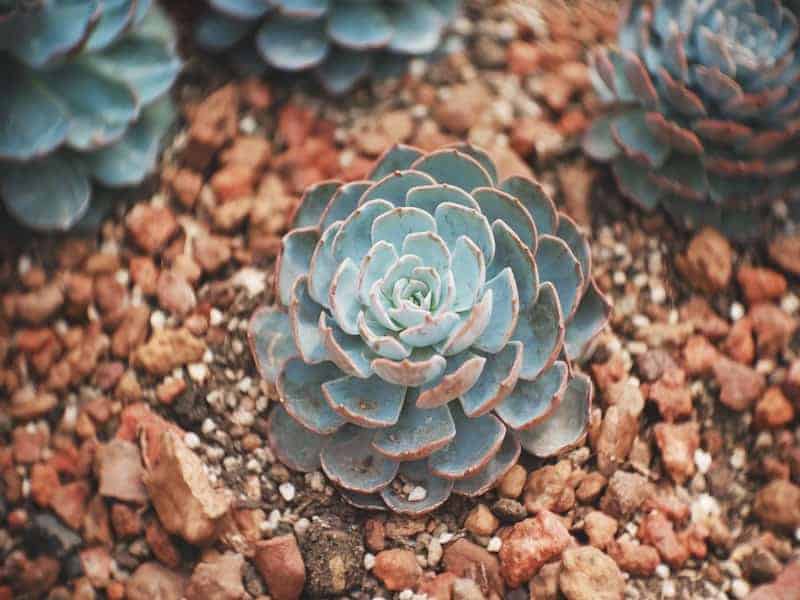
The Echeveria arctic white is very easy to propagate. In essence, it self-propagates by dropping leaves that regenerate into new rosettes. These can be separated and cut away from the mother plant, and then re-potted.
It is also possible to propagate from leaves. Twist off a few leaves as close to the stem as possible. Place them on a layer of soil in a dish, and water lightly every few days, until they start to sprout.
Once they are sprouting, they can be planted in pots and should take root. They will eventually develop into a healthy new plant.
You May Also Like: Blue Rose Echeveria (Echeveria imbricata) Care Guide
Common Problems and Pests
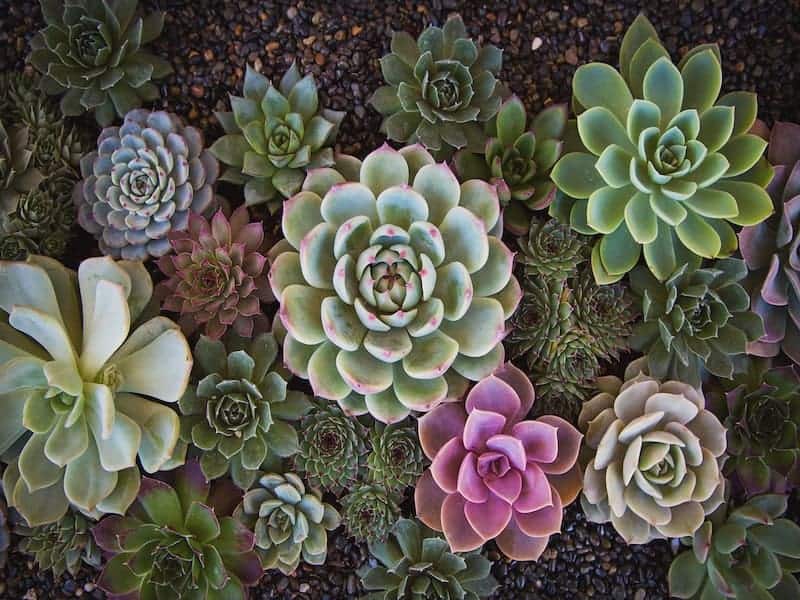
Overwatering
The biggest problem is overwatering. If the roots are left in damp soil for long periods, they will rot and the plant will die.
Bugs
Look out for mealybug. The telltale sign is a whitish coating of thread-like filaments on the leaves. The insects themselves hide in crevices and folds on the underside of the leaves.
The only really effective way to eliminate them completely is with a commercial pesticide, available from your local nursery.


